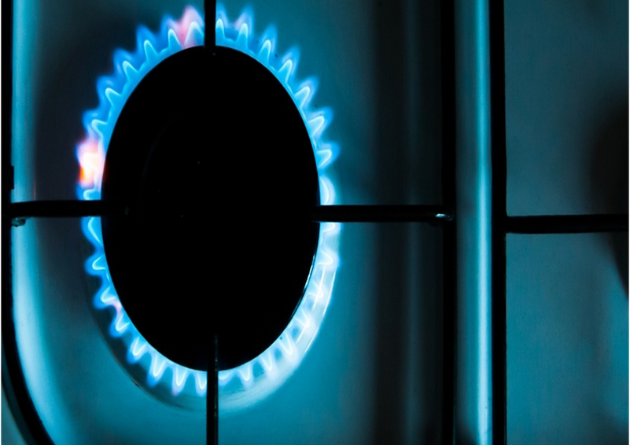Biden's Downsized Power Rule Raises Questions Over Us Environment Target

- rabeelrana
H.G Markets:
The Biden organization’s choice to prohibit the current U.S. armada of gaseous petrol power plants from forthcoming fossil fuel byproducts guidelines brings up issues over the country’s capacity to meet its environment objectives, as per scientists. Tidying up the U.S. power industry, wellspring of about a fourth of the country’s ozone harming substance outflows, has been a focal board of President Joe Biden’s technique to decarbonizes the country’s economy by 2050 to counter an unnatural weather change. Yet, in a strange move, the Natural Assurance Organization before the end of last week said it would take existing gas plants, which represent more than 40% of U.S. power area fossil fuel byproducts, out of the arrangement prior to concluding the standard – a choice made following quite a while of serious industry resistance. Since the norms could not have possibly kicked in until after 2030, the current gas plant rule would have had a negligible commitment to approach term targets. In any case, decreasing outflows from those plants would be basic for U.S. environment objectives past 2030, said Ben Lord, a partner chief with Rhodium Gathering’s energy and environment practice. The EPA has said it intends to compose a different rule to cover CO2 emanations from existing gas plants as well as other perilous air contaminations after it settles the remainder of the guideline later this spring, however didn’t give a particular timetable. The most common way of composing and settling another standard frequently assumes control north of a year and the organization faces the interruption of an approaching general political decision in November. On the off chance that President Joe Biden loses his bid briefly term to conservative opponent Donald Trump, the work would almost certainly be deserted. Flammable gas plants represent 43% of force area ozone harming substance emanations, as per EPA’s most recent figures, and are on target to supplant coal as the business’ biggest wellspring of outflows in 2028, as per the Energy Data Organization. The proposition took from the power guideline would have required huge gas-terminated plants to introduce carbon catch hardware by 2035, or co-fire with 30% hydrogen by 2032. The power business called the proposition impossible. EPA assessed when it at first disclosed the arrangement that the part of the guideline that covered existing gas plants would prompt a cut of between 214 million and 407 million metric lots of carbon dioxide somewhere in the range of 2028 and 2042 – what could be compared to around 6% of all out U.S. CO2 outflows in a year. The EPA’s proposition upset the U.S. power industry right all along, to some degree since utilities had not expected existing gas plants would be incorporated. EPA staff had worked for a really long time on a proposed rule covering coal and new gas establishes just, however existing gas plants were added following a White House survey, weeks before the May deliver, as indicated by administrative records. The White House and EPA declined to remark on the justification for the last-minute expansion. Industry bunches as well as some ecological equity advocates later contended the proposition for existing gas plants could blow up by driving utilities to depend on more modest, dirtier plants that fall outside the guideline to keep away from expensive moves up to greater generators. An EPA representative recognized weaknesses of the standard.
